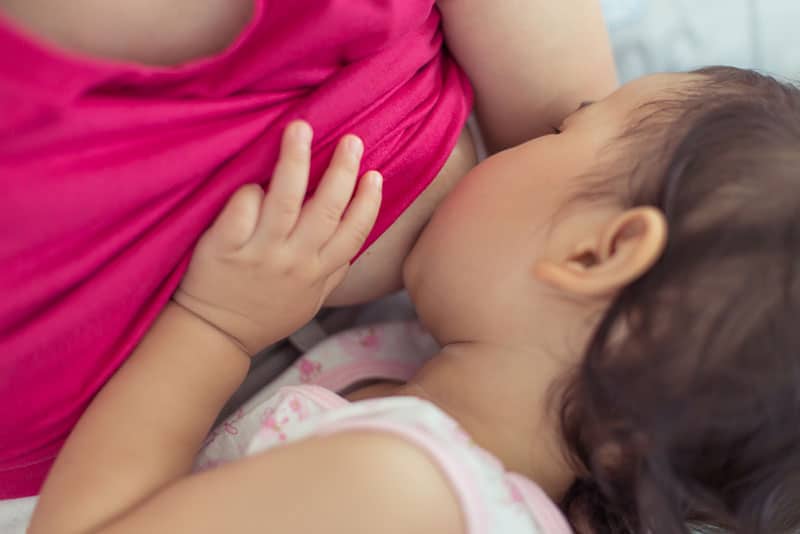With body piercings becoming very popular, I’m sure there are many new moms wondering: Can you breastfeed with nipple piercings? Is it safe to begin with?
If you have nipple piercings, you can still breastfeed.
The safest way to do it, however, is to completely take them out for however many months you’re planning on breastfeeding to avoid infecting yourself or your baby.
But this carries the risk of the piercing closing up entirely and I’m sure you don’t want to go through the entire procedure again once your little one is weaned.
That’s why some moms only take them out during a nursing session and put them back in later.
There are additional breastfeeding challenges that moms with pierced nipples should be aware of, so keep reading to get all the intel you need on breastfeeding and nipple piercings.
Can You Breastfeed With Nipple Piercing?
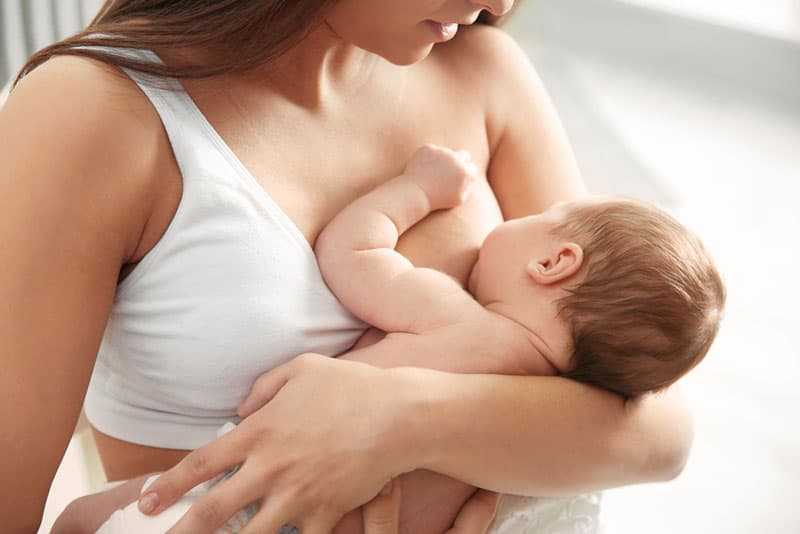
The answer is both yes and no.
According to the La Leche League, the answer to: Can you breastfeed with nipple piercings? will depend on whether you’re still wearing your jewelry or not.
Generally speaking, if you have pierced nipples and you wore nipple jewelry in the past but have taken it out to breastfeed, then you shouldn’t have too much trouble.
However, keeping your jewelry in place could create breastfeeding issues.
First of all, the piece of jewelry (no matter how it’s shaped) could make it difficult for your little one to get a good latch.
Latching issues are the most common cause of painful breastfeeding and often lead many new moms to stop nursing altogether.
Plus, they can have a negative impact on your milk supply.
Then, there is the fact that the inside of your baby’s mouth will come into direct contact with the piercing.
Since babies are very sensitive, the jewelry could cause injury to the inside of the mouth during a nursing session.
Another much more dangerous consequence of breastfeeding with your nipple piercing is that the piercing can come loose and end up being swallowed by the baby.
As such, piercings pose a serious choking hazard to your baby.
Lastly, the holes from the piercing can impact the flow of milk and make it faster than usual.
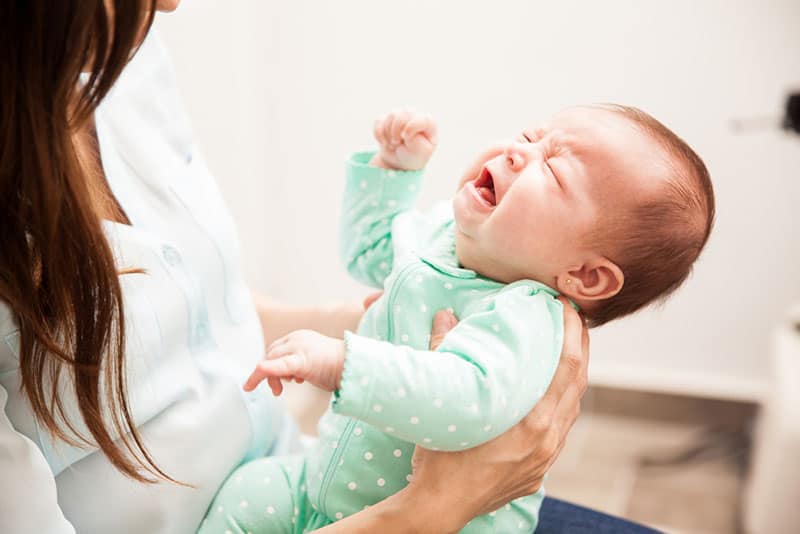
Although this is not a serious issue, you might need to adjust your breastfeeding positions and talk to an international board-certified lactation consultant (IBCLC) about how to make nursing easier for your little one.
As a rule of thumb, the safest option for breastfeeding mothers is to completely remove their nipple jewelry until they stop breastfeeding.
Of course, this means that your piercing site will probably close up but it’s a small price to pay if you’re very dedicated to nursing your little one.
You can prevent the piercing site from closing up by using a retainer or an insertion taper but the speed of rehealing also depends on how long you have had your nipples pierced.
A number of women keep the piercing inserted at all times but replace it with a PTFE barbell.
Some moms decide to just take out the piercing while breastfeeding and then reinsert it after the nursing session is over.
Although this isn’t an ideal option, it’s still better than nursing with a nipple ring or any other piece of jewelry.
Make sure to thoroughly wash the jewelry to minimize the risk of infection.
So, if you were wondering if you can breastfeed with nipple piercings or not, you now know that you can but you need to be extra careful about it and remember that it’s best to take them out.
How Does Nipple Jewelry Affect Breastfeeding?
When done by a reputable piercer and if it undergoes a normal healing process, having a nipple piercing doesn’t lead to any overt breastfeeding issues.
Naturally, you still might experience challenges that are usually associated with the first weeks of nursing like any other mother.
Still, complications are always possible. Here are some ways in which having a body piercing on your breasts can affect breastfeeding.
1. Milk leaks
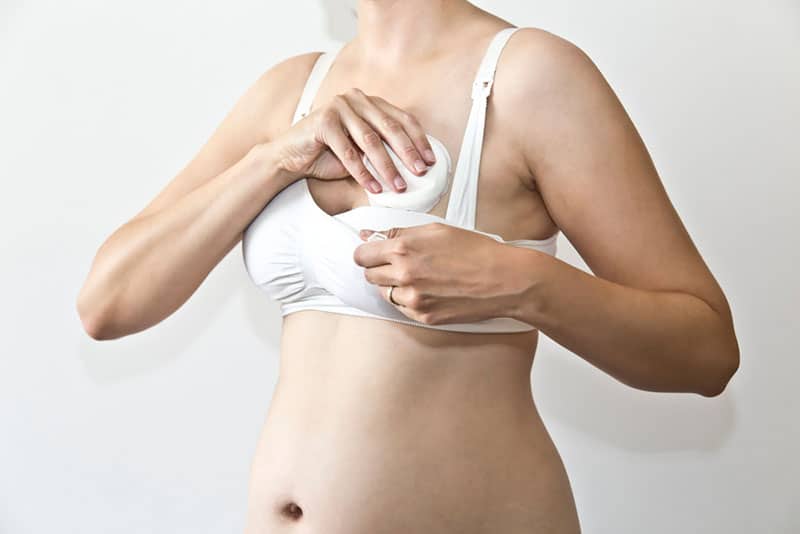
In the first few weeks of breastfeeding, most moms experience breast engorgement and leaks as their body learns to adjust its milk production to the needs of the baby.
With a piercing, you will have a pair of extra holes that milk can leak out of.
Apart from creating a faster milk flow, these holes can increase the amount of milk that leaks out during the day.
Wearing nursing pads can help but I recommend wearing breast shells or milk collection cups instead.
This way, none of your precious liquid gold will go to waste and you can feed it to your baby later.
An added bonus of breast shells is that they will protect your sore or even cracked nipples from rubbing against the fabric of your bra which is a lifesaver during those first weeks of adjusting to breastfeeding.
2. Mastitis and plugged milk ducts

With a nipple piercing, there is always the potential for scar tissue to form, and it can block the flow of milk inside the milk ducts.
When breast milk gets backed up, it can cause a complication known as a plugged milk duct or even mastitis, which is a result of an unresolved plugged milk duct.
Mastitis causes pain to the affected breast and includes symptoms that are similar to the flu, such as fever and fatigue.
Although it can be treated at home, your production of breast milk might drop, so it’s crucial to treat it as quickly as possible and do everything you can to prevent it.
A 2009 paper titled Association of Nipple Piercing With Abnormal Milk Production and Breastfeeding, published in the Journal of the American Medical Association (JAMA), also confirms that difficulties with breastfeeding and blocked ducts can be one of the consequences of a pierced nipple.
3. Changes to the let-down reflex
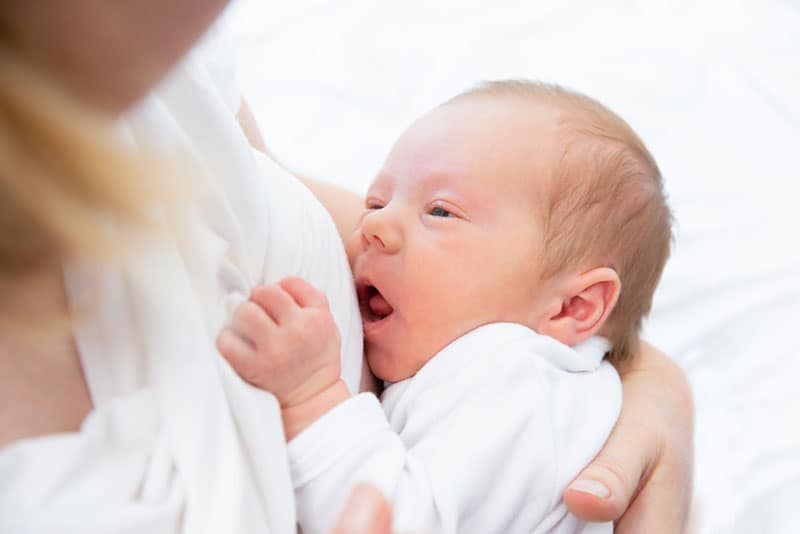
The let-down reflex refers to the process of breast milk being released through the mother’s nipples.
It’s triggered when your baby’s sucking stimulates the nerves in the nipples, sending a signal to your body to release the milk.
Considering that a piercing to your nipple and areola can interfere with these nerves and reduce their sensitivity, some breastfeeding moms find that their let-down reflex is negatively affected.
On the other hand, sometimes the nipples become hypersensitive due to the piercing, which can be tricky to manage if they are very sore or painful.
4. Low milk supply
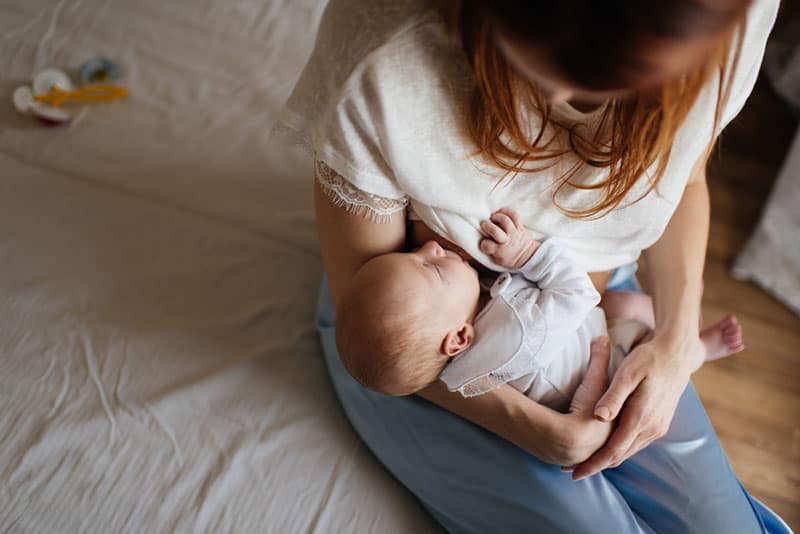
Low milk supply or abnormal milk production can also arise as a result of having a pierced nipple.
Again, the reason lies in damaged milk ducts and scar tissue that prevents the normal flow of milk.
Since breastfeeding is very much a supply and demand kind of business, your baby’s inability to completely empty your breast can send a signal to your body to produce less milk over time.
This can impact your baby’s weight gain but your doctor will let you know if there are any concerns regarding your little one’s weight.
You can also purchase a baby scale to keep track of your baby’s growth at home if you are concerned he’s not getting enough milk.
5. Difficulties with drying up breast milk
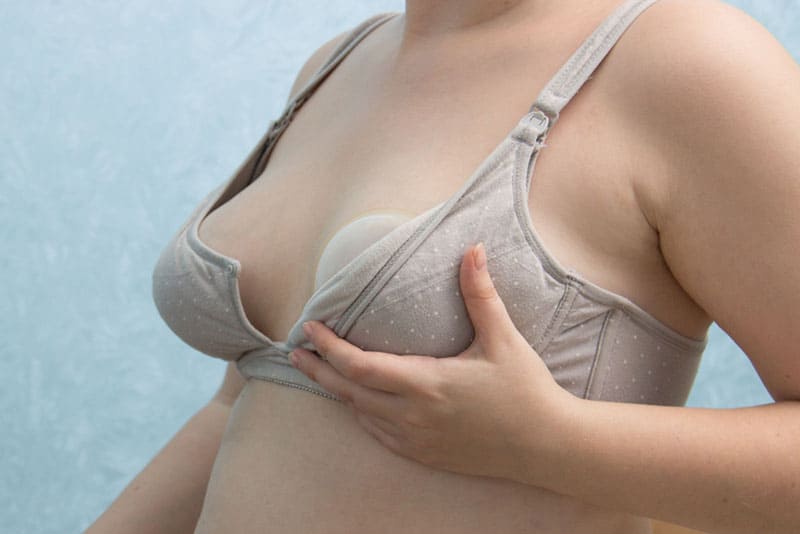
When a mom is ready to stop nursing and wants to dry up her breast milk supply, the process can take anywhere from a few days to a few weeks.
However, some women with nipple piercings have found that they continue producing milk even after successfully weaning their baby.
This could be because the piercing is stimulating the nerves inside the nipple – usually, moms who are drying up their supply are encouraged to reduce any kind of contact with their breasts.
Breastfeeding And Getting A Nipple Piercing
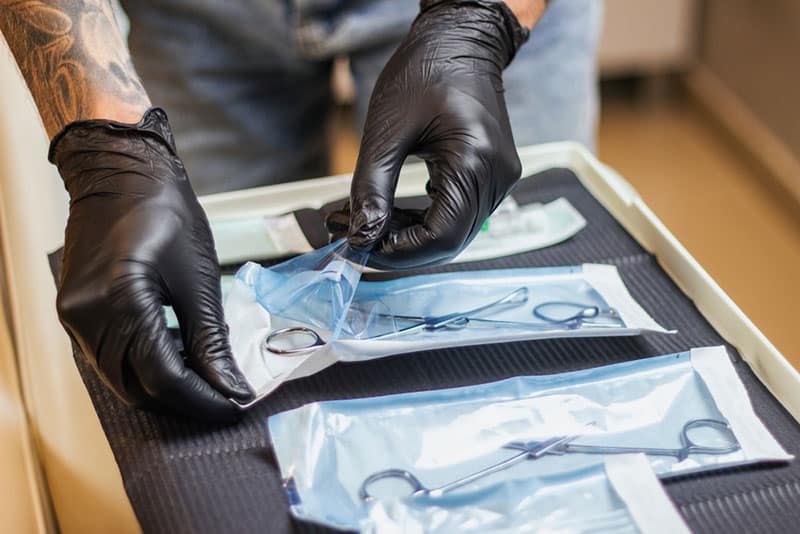
My advice above relates to new moms who already had pierced nipples prior to conceiving and giving birth.
When it comes to getting your nipples pierced while you’re pregnant or breastfeeding, different rules apply.
A reputable piercer will not perform this kind of body modification on a woman who is pregnant or currently breastfeeding.
If you’d like to get your nipples pierced, it’s recommended to wait around 4 months after your baby has weaned because the healing process can be disrupted by the hormonal changes that take place when a woman stops producing milk.
For example, the hormonal changes can cause your body to reject the piercing or increase the chances of the piercing embedding into the skin.
For this reason, the piercer might even ask you to sign a document where you confirm that you’re not pregnant or nursing so that they can’t be held liable for any complications later.
What’s more, the healing process for nipples takes a long time – much longer than your earlobes, for example.
In the best-case scenario, the healing will take between 3 to 6 months but women who are planning to conceive are recommended to get the piercing at least a year before getting pregnant.The earlier you get it, the better.
This will help the tissue heal before your body undergoes the tremendous changes associated with pregnancy and there will be fewer chances that your piercing will close up.
Safety Precautions To Keep In Mind

Just like you wouldn’t get a tattoo anywhere, you shouldn’t get your piercing done at a place you haven’t researched well and checked that it complies with the regulations and laws of your local health department.
Choosing a good piercer will ensure that your jewelry is high-quality (most are made from surgical stainless steel, titanium, or platinum) and you can rest assured that they will follow all the necessary procedures to make the process as safe as possible.
For example, they sterilize their equipment using an autoclave so you’re not exposed to any harmful viruses or bacteria.
After you leave the piercing studio, you must make sure to follow all aftercare procedures to avoid infection, such as washing the nipple with warm water and soap and keep an eye out for any signs of infection.
What About Getting A Tattoo?
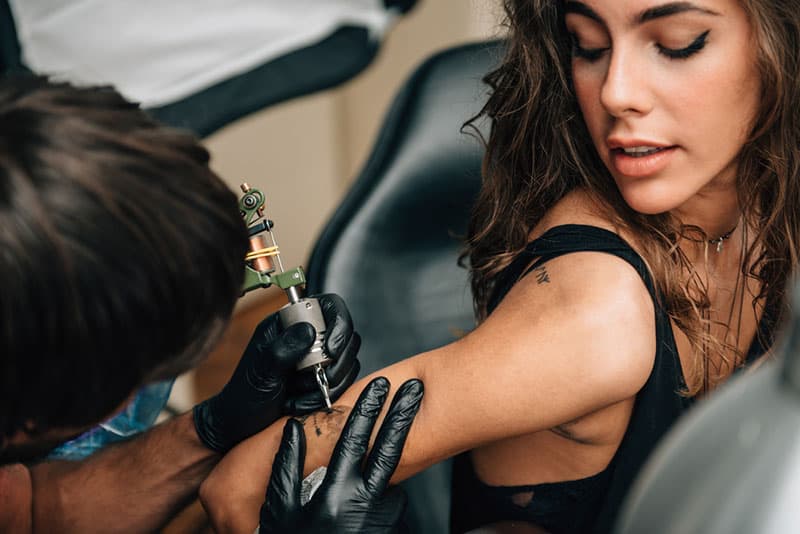
Another popular method of body modification is tattooing, of course.
Many new moms and dads wish to mark this exciting new milestone with a beautiful tattoo, but while dads can get a tattoo anytime, moms might wonder if they can get a tattoo while breastfeeding.
Although opinions vary on whether you should get inked while nursing, there is no evid
ence to prove that it’s harmful to the baby or that the ink can somehow get into your milk supply.
However, it’s still recommended that you don’t do it – just because there’s a lack of evidence doesn’t mean that it is completely harmless.
Even though there aren’t any laws to prevent you from getting a tattoo while breastfeeding, be prepared that a studio might not allow you to get tattooed as they don’t want to risk a lawsuit should anything go wrong.
Others might ask you to sign a legal document such as a waiver.
Remember that a tattoo takes several days to heal to a point where the skin isn’t so sensitive, and avoid getting it in a spot that would make nursing difficult.
If you are sure that you want a tattoo but are hesitant to get one so soon after giving birth, you can wait for a year or longer for your body to recuperate.
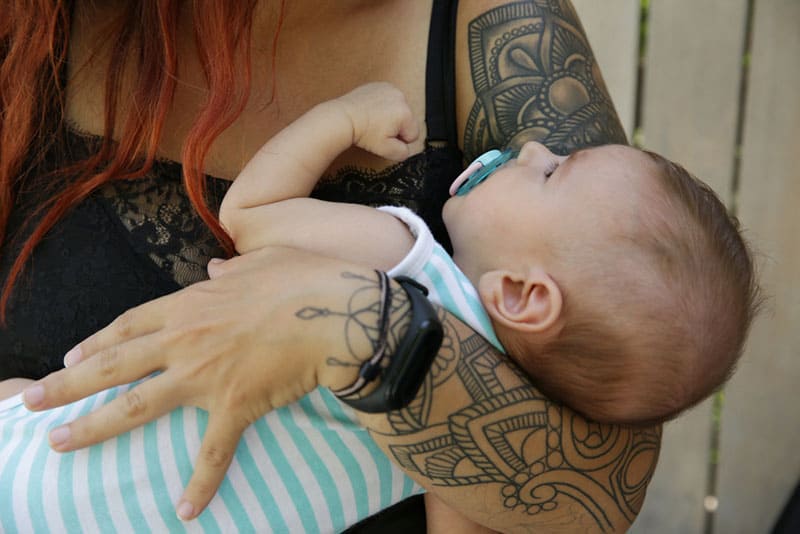
In the meantime, you can thoroughly research different tattoo studios in your area, check if they’re following all the health and safety guidelines, and see whether their past customers were happy with their body art.
But when it comes to getting a tattoo while pregnant, the American Pregnancy Association recommends waiting until after the baby’s arrival – not only to avoid the risk of exposing your unborn child to a variety of infections but also because scientists don’t know much about how safe tattooing dye is during pregnancy, and whether or not it can harm your baby.
Since your pregnancy is only temporary, it definitely won’t hurt to wait a few months to get inked. You might even think of more beautiful ideas as you wait!
Final Thoughts
Body piercings and tattoos are all fantastic ways of expressing your personality and using your skin as a canvas to tell your own story, but when you throw breastfeeding into the mix, things get a little complicated.
If you’ve been wondering if you can breastfeed with nipple piercings, now you know that the safest way to do it is by taking the jewelry out.
Of course, there can be some minor complications such as plugged milk ducts but this happens to breastfeeding moms who don’t have any piercings, so try not to worry about this too much.
Besides, you will find numerous moms who have had their nipples pierced and were able to breastfeed without any problems.
All that matters is that you’re able to nurse your precious one for as long as you want.
And even if your piercing closes up, you can always get a new one!
Like this post? Please share or pin it for later. You can also stay in the loop and follow us on Facebook, Instagram and Pinterest.
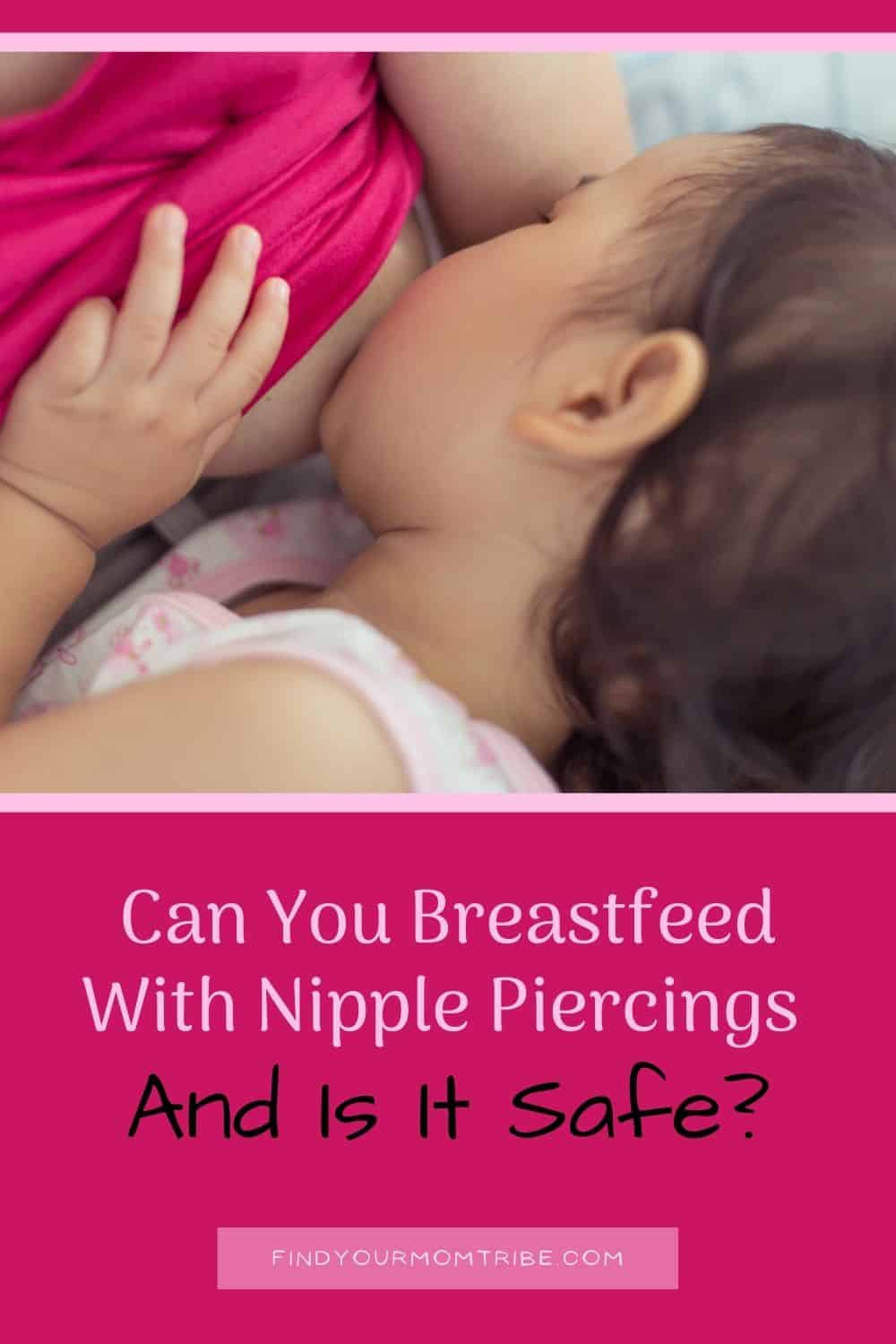
This post contains affiliate links. Please see our full disclosure for more info.

